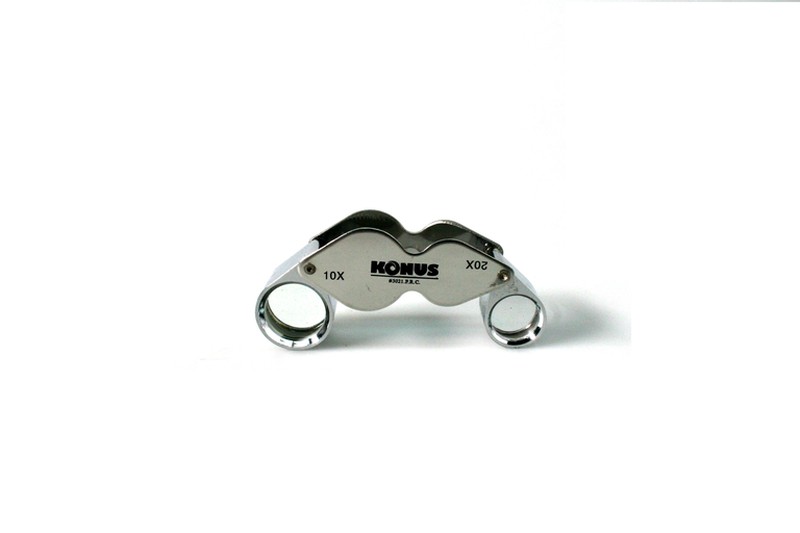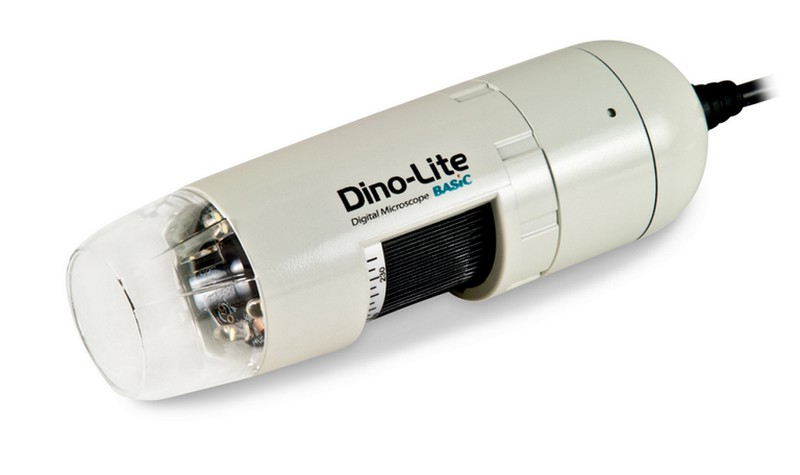Observing in detail, magnifying glasses and microscopes for field work.
The best tools to observe animals, plants, fungi and mosses in detail in the field and / or laboratory.

Nature is out there, and field work is essential for a good observer. Biologists and geologists are the great specialists in field work, since much of their research and work has to be sought outside the laboratory and therefore be in direct contact with nature. Insects, plants, fungi, mosses, mollusks, rocks etc ... need to be observed in detail, and for that we need magnifying glasses and lenses that can provide us with the necessary magnification, but also that are portable and practical.
Not only these highly specialized sectors are interested in observing in detail everything around us, surely it is children who have the gift of observation most developed, and only on an excursion to the mountains or the beach can we detect this curiosity about nature . Arousing this curiosity is essential for the intellectual development of the little ones in the house.
A Coddington Magnifier is a magnifying lens consisting of a single very thick lens with a deep central groove forming a diaphragm at its equator, this diaphragm limits rays close to the axis, which in turn minimizes spherical aberration . This allows one to reach a larger magnification than a conventional magnifying glass, typically 10x to 30x. These lenses are named after Henry Coddington, who in 1829 was the first person to design and improve this type of lens or loupe.
These magnifying glasses are small, portable and with a high magnification capacity, therefore they are an essential tool for field work . From 10X, you can see details of the parts of insects, arthropods, molluscs, plants, fungi, mosses, etc. These details allow us to identify species on the ground and also see in detail the typology of rocks , mineral veins, grain size. soil etc, in this case very useful for geologists .
If we need even more detail we will have to increase the power of the magnifications, then we recommend choosing portable microscopes, either analog or digital.
Analog or pocket microscopes go up to 100X, with this power it will be useful for us to see details of fungi and smaller parts of flowers, mosses and lichens.
Digital microscopes reach up to 220X, with this power we can enter the world of mites, and the utility is extended to sectors that control domestic, textile or home hygiene. They have variable magnification between 20 and 70X, so they will also be useful for a range of functions that previously we used coddington loupes or pocket microscopes.
This type of microscope includes connection to a laptop, tablet or smartphone via USB and incorporates powerful working software that will allow you to analyze your sample in even more detail.
Stereomicroscopes or binocular loupes are more typical instruments for laboratory work, but today there are also models light enough for field work. They incorporate incident or transmitted lighting or both, there are some models that run on battery or battery in order to make them portable and the models are divided into those with fixed magnification or those with zoom
The standard magnification range ranges from 7 to 45X , with the possibility of incorporating duplicating lenses and up to 90X. This magnification range allows the work with any living or dead sample, be it of animal, vegetable or mineral origin. The most important feature is that with it we have a stereoscopic or 3D view of the sample, which allows us to observe in relief , both for translucent and opaque samples.







Opinions of our clients
Receive our news